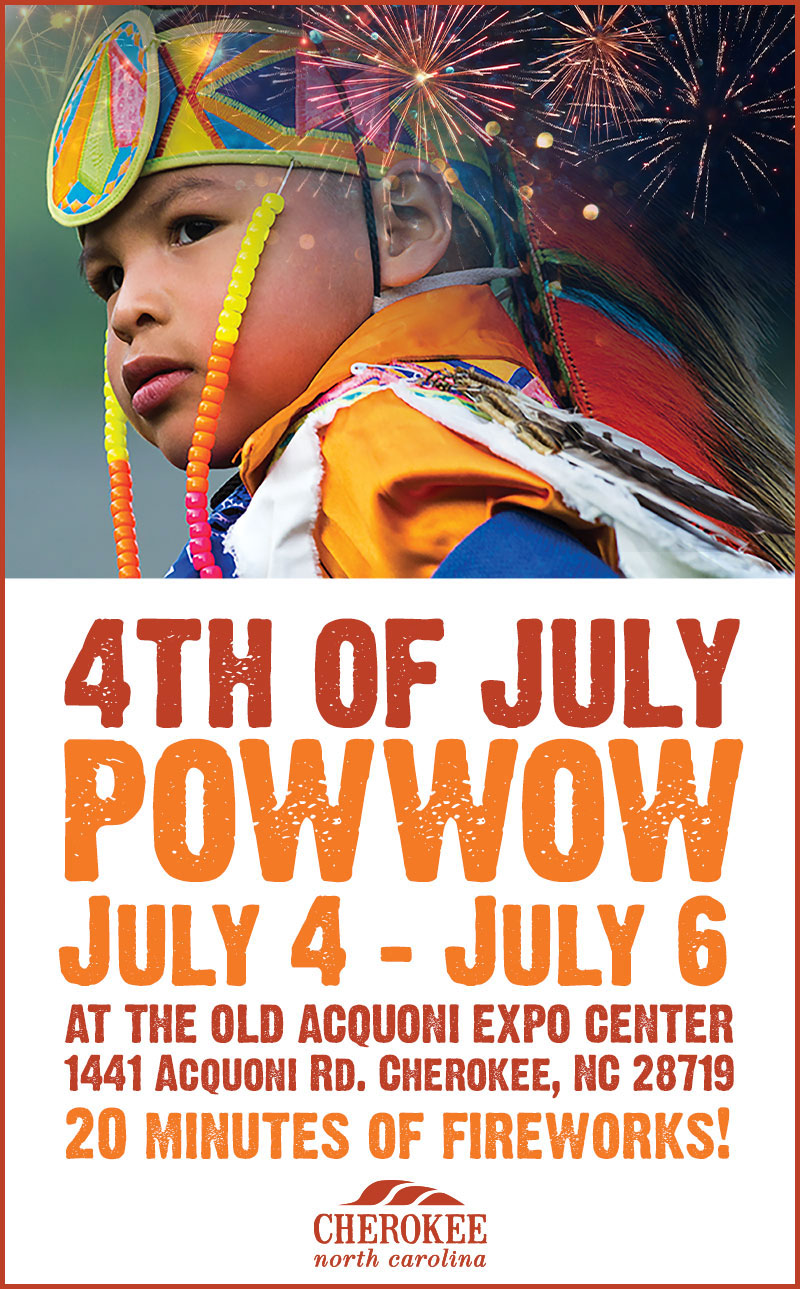The Department of the Interior announced on Monday, Dec. 9 that it has finalized the first cooperative agreement to facilitate the purchase of individual interests in highly fractionated trust lands to consolidate ownership for tribes. The agreement between the Land Buy-Back Program for Tribal Nations (Buy-Back Program) and the Oglala Sioux Tribe of the Pine Ridge Reservation outlines the strategy and resources to be provided to the Tribe’s leadership to facilitate owner outreach and education about the Buy-Back Program.
The Buy-Back Program was created to implement the land consolidation component of the Cobell Settlement which provided for a $1.9 billion fund to consolidate fractional land interests across Indian Country. The Buy-Back Program allows interested individual owners to receive payments for voluntarily selling their land. All lands sold will immediately be held in trust for the tribe with jurisdiction.
Outreach is already underway on the Pine Ridge Reservation, and the Department intends to make the first offers by the end of 2013. The reservation is among the most fractionated in the United States. Due to the nature of fractionation, the land interests on Pine Ridge are owned by various individuals, including members of other tribes.
The Buy-Back Program personnel will hold an outreach event this Saturday, Dec. 14 at Little Wound School in Kyle, SD at 1pm CST to present information about upcoming offers, and engage in one-on-one discussions with individual landowners. For more information on the event, individuals can contact (605) 867-2610.
“It is a priority for the Obama Administration to reduce fractionation and implement the Buy-Back Program in as fair and equitable a manner as possible,” said Interior Secretary Sally Jewell. “Cooperative agreements give us an opportunity to work together, nation-to-nation, to ensure that the Program’s implementation is tailored to the specific priorities of each tribe. This agreement reflects a spirit of mutual respect and teamwork as we work together to address this opportunity.”
Interior holds about 56 million acres in trust for American Indians. More than 10 million acres are held for individual American Indians and nearly 46 million acres are held for Indian tribes. The fractionation of tribal lands has locked away resources and decision making from tribes. In Pine Ridge alone, there are approximately 6,028 tracts with 195,862 purchasable fractional interests. This has made it increasingly difficult to manage the land for economic development and other uses.
“I am very happy with the agreement and glad that was done,” said Oglala Sioux Tribe President Bryan V. Brewer. “Our Outreach workers are out meeting with the people in the communities. I am hoping that we will be able to start buying the fractionated land that is out there with the money that is available. We are also anticipating the first offer to be complete within the month.”
Following nation-to-nation consultations with tribal leaders, the Department released an Updated Implementation Plan earlier this year that significantly expands Program implementation beyond Interior’s initial strategy to launch pilot efforts with less than a dozen tribes. This expanded strategy will allow for greater flexibility and meaningful engagement with tribal governments across Indian Country. An open solicitation period will be held through March 14, 2014, during which tribes with jurisdiction over the most fractionated locations (approximately 90 percent) are invited to submit letters of interest or cooperative agreement applications for participation in the program. Significant outreach, mapping and mineral evaluations are already occurring at many locations.
Outreach and tribal engagement will also continue with the tribes that represent the locations with the remaining 10 percent of fractionated lands, and flexible purchase ceilings will be used to protect against the risk of premature exhaustion of the available funds.
There are a number of steps that tribal nations can take now to prepare for involvement in the Buy-Back Program, including increasing owner awareness of the value and benefits of participation in the Program and designating an authorized tribal point of contact to engage with the Program.
For more information, click here.
– DOI






